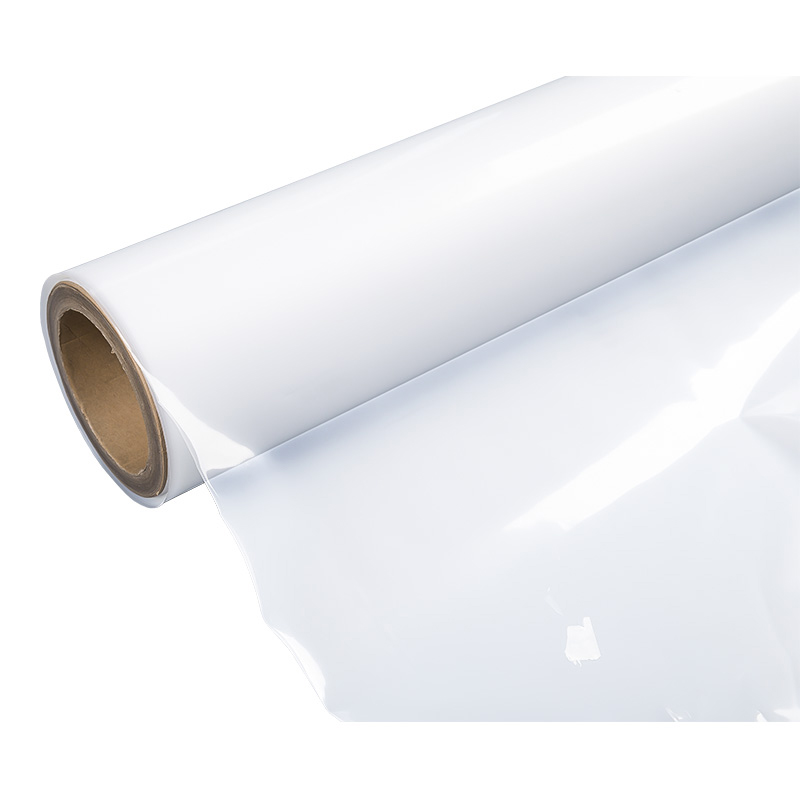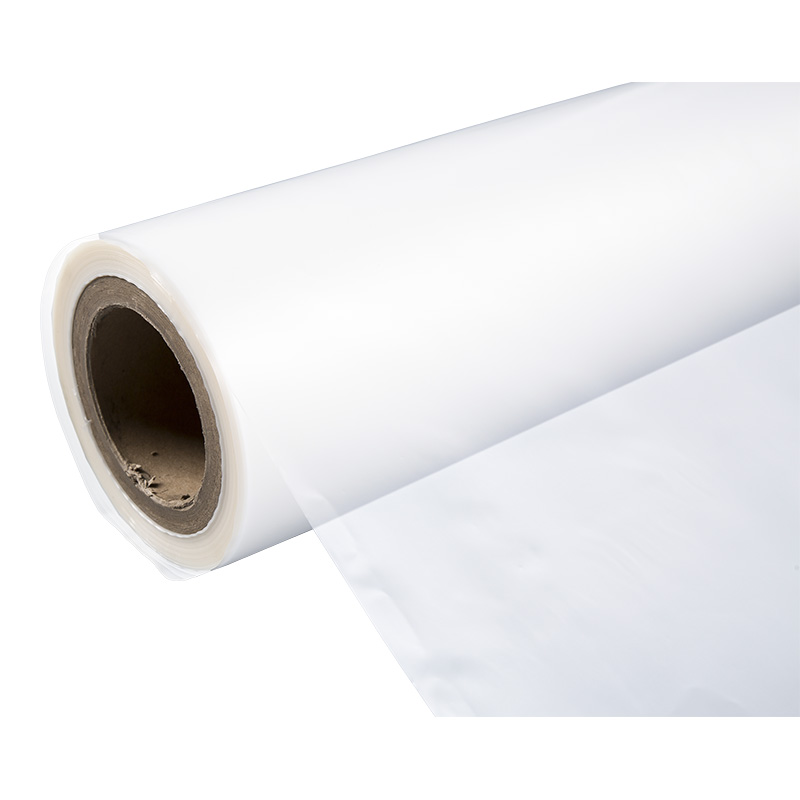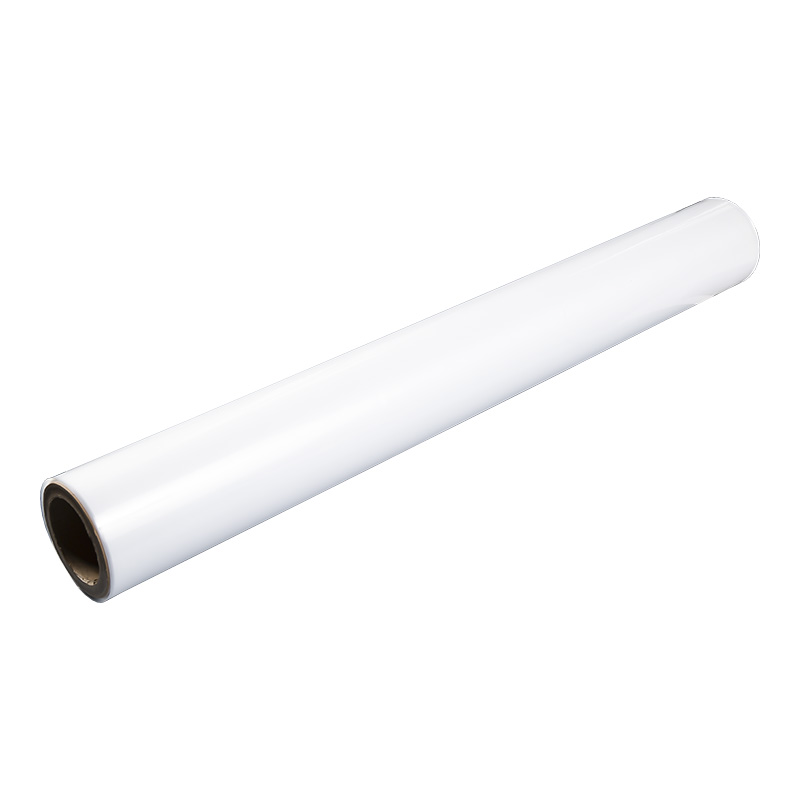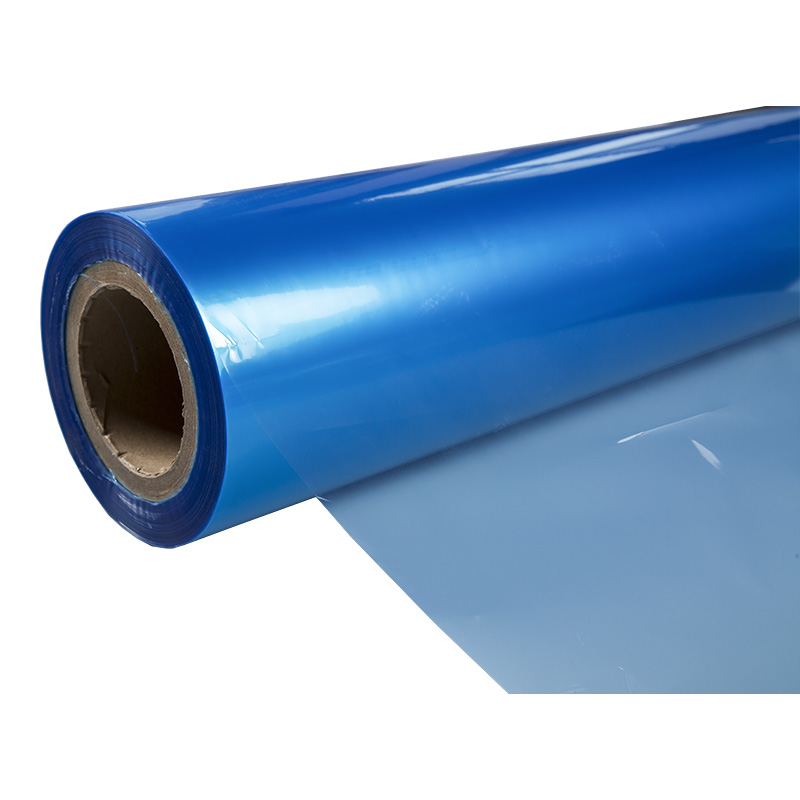Composition and Characteristics
Tissue film, often referred to as milky white tissue film, is a biodegradable packaging material derived from plant-based substances. This film is characterized by its semi-translucent appearance, providing a unique aesthetic appeal while serving functional purposes in various packaging applications.
Applications in Packaging
Milky white tissue film is widely utilized in the packaging industry, particularly for wrapping and protecting various products such as food items and consumer goods. Its semi-translucent nature allows consumers to glimpse the product inside, enhancing the unboxing experience while maintaining product integrity. Additionally, the biodegradable properties of tissue film align with the growing demand for sustainable packaging solutions.
Advantages of Biodegradable Tissue Film
One of the significant advantages of biodegradable tissue film is its environmental friendliness. Unlike traditional plastic films, which contribute to long-term pollution, tissue film decomposes naturally over time, reducing its ecological footprint. This makes it an attractive option for companies aiming to minimize their environmental impact and appeal to eco-conscious consumers.
Environmental Impact
The adoption of milky white tissue film in packaging contributes to a reduction in plastic waste. As the film is biodegradable, it breaks down more quickly than conventional plastic, leading to less accumulation in landfills and oceans. This shift towards sustainable materials is crucial in addressing global environmental challenges and promoting a circular economy.
Future Trends in Tissue Film Technology
Looking ahead, advancements in tissue film technology are expected to focus on enhancing the material's strength and durability without compromising its biodegradability. Innovations may include the development of tissue films with improved barrier properties to protect products more effectively. Additionally, there is potential for incorporating functional additives that can provide antimicrobial properties or extended shelf life, further expanding the applications of tissue film in various industries.
 +86 139-6715-0258
+86 139-6715-0258 
 Monday to Friday 8 am. to 6 pm.
Monday to Friday 8 am. to 6 pm. 
 English
English 中文简体
中文简体






